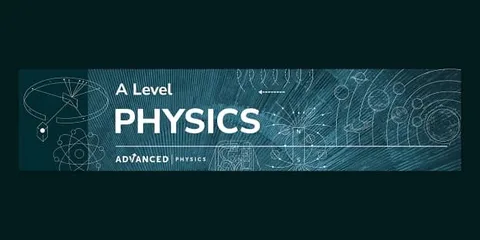Physics is often regarded as the fundamental science, forming the basis of many technological advancements and everyday phenomena. For students studying A Level Physics, understanding the principles is crucial not only for academic success but also for appreciating how these concepts shape the world around us. This article explores some fascinating real-life applications of A Level Physics principles and how they impact various fields.
Mechanics in Transportation
One of the most obvious areas where A Level Physics principles apply is in mechanics, which deals with motion, forces, and energy. Concepts such as Newton’s laws of motion, momentum, and energy conservation are fundamental in designing vehicles and understanding their operation.
- Automobiles and Braking Systems: The principles of friction and momentum play a vital role in car braking systems. Engineers use knowledge of forces and acceleration to improve safety features like anti-lock braking systems (ABS), which prevent wheels from locking up during emergency stops.
- Aerospace Engineering: The flight of airplanes relies heavily on fluid dynamics and forces, including lift and drag. Understanding these forces, as covered in A Level Physics, helps in designing efficient and safe aircraft.
Electricity and Electronics in Everyday Life
Electrical principles learned in A Level Physics, such as Ohm’s law, circuits, and electromagnetism, have direct applications in modern technology.
- Household Appliances: From refrigerators to televisions, electrical circuits power countless household devices. The design and troubleshooting of these gadgets depend on understanding voltage, current, and resistance.
- Communication Technologies: Electromagnetic waves form the backbone of wireless communication. Concepts like wave propagation and frequency modulation enable mobile phones, Wi-Fi, and radio transmissions.
Energy and Environmental Applications
Energy concepts, including work, power, and energy transfer, are essential in addressing today’s environmental challenges.
- Renewable Energy Systems: Solar panels convert sunlight into electricity using the photoelectric effect, a principle studied in A Level Physics. Wind turbines utilize kinetic energy from the wind, applying mechanics and energy conversion principles.
- Energy Efficiency: Understanding thermodynamics helps improve insulation materials and heating systems, reducing energy waste in buildings.
Medical Physics
A growing field that directly benefits from A Level Physics principles is medical physics.
- Medical Imaging: Techniques like X-rays, MRI, and ultrasound use electromagnetic waves and sound waves to create images of the inside of the body. The physics of waves and radiation is critical in developing and improving these technologies.
- Radiotherapy: Targeted radiation treatments for cancer rely on precise knowledge of ionizing radiation and its interaction with human tissue.
Conclusion
The real-life applications of A Level Physics principles are vast and diverse, influencing areas from transportation and electronics to renewable energy and healthcare. By mastering these fundamental concepts, students not only excel academically but also gain insight into the scientific foundation behind many modern technologies and innovations. Whether it’s the mechanics behind a car, the circuits powering a smartphone, or the imaging technology saving lives, physics remains an essential part of our everyday world.


